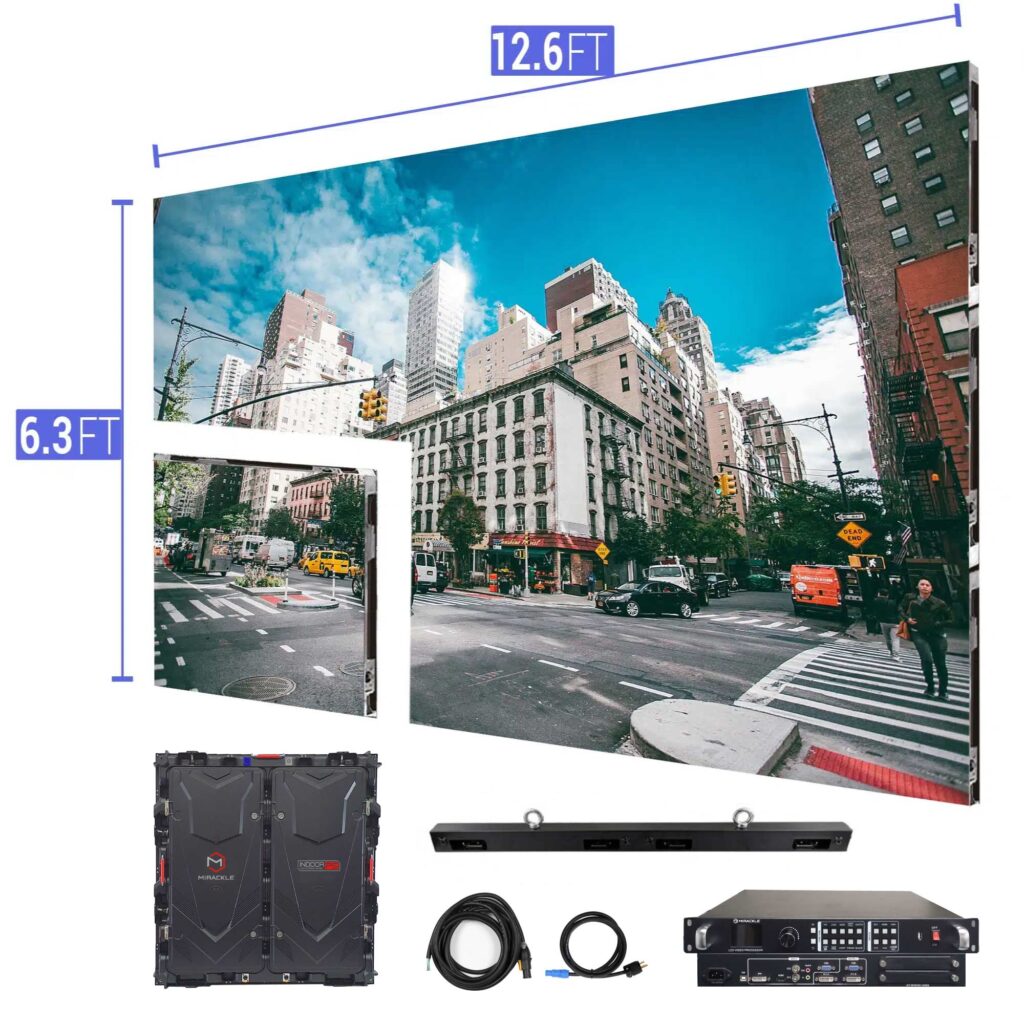The first step in ensuring color accuracy is understanding how LED technology works. LEDs, or light-emitting diodes, generate light in multiple shades by mixing red, green, and blue (RGB) light. Each dot on an LED screen consists of these three colors. When tuned correctly, the combination of RGB can create a wide range of hues. However, if one hue is too bright or too faint, it can distort the whole display. This is why tuning is needed to balance the colors and achieve the desired graphic result.
Calibration entails modifying the configurations of the LED screen to ensure that the hues shown correspond the original content as nearby as possible. This procedure typically involves using specialized software and hardware instruments. Technicians frequently use color measurement devices, such as spectrophotometers, to examine the colors being displayed. By comparing the assessed hues to benchmark color standards, they can make precise modifications. This ensures that the colors are not only lively but also uniform across the whole screen.
Another important factor of color precision is understanding the surroundings in which the LED screen is used. Factors such as surrounding light can significantly impact how colors look. For instance, a well-lit lit room may fade hues, making them look less lively. To counteract this, technicians may adjust the brightness and differentiation settings of the LED screen. Additionally, they may choose particular color profiles that are better suited for various lighting environments. This adaptability helps maintain color accuracy irrespective of the viewing surroundings.

Ultimately, regular maintenance and re-tuning are crucial for keeping an LED screen looking its best. Over time, the performance of LEDs can change due to factors like degradation and heat fluctuations. Regular checks and modifications can help ensure that the hues stay accurate and lively. By committing time in proper tuning and upkeep, venues can provide viewers with stunning visual presentations that enhance their overall impression. helpful hints Mastering color precision in LED wall calibration is not just a mechanical task; it is an art that adds to the magic of graphic narration.